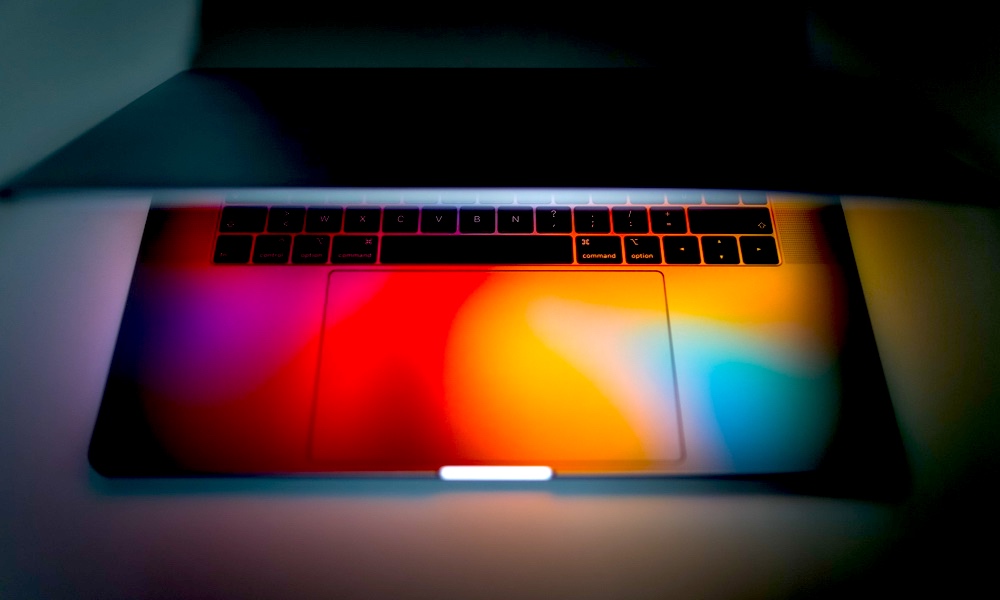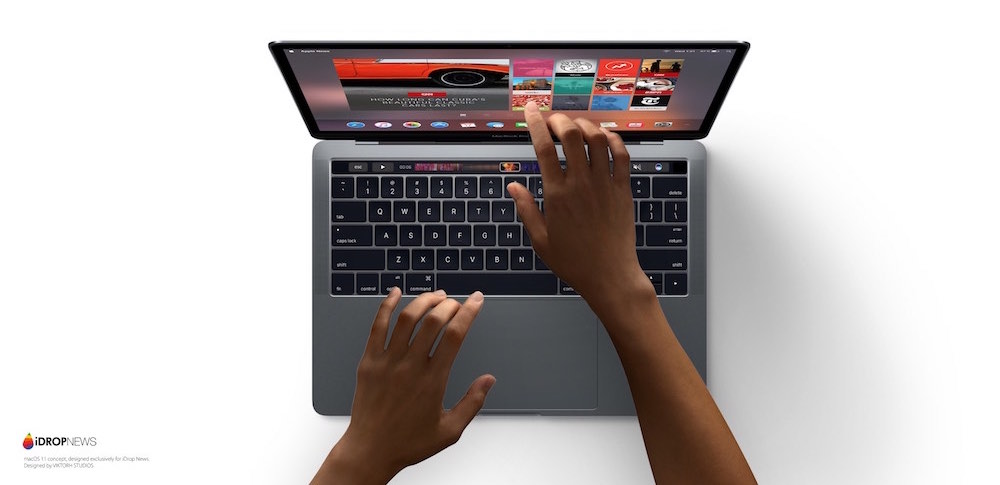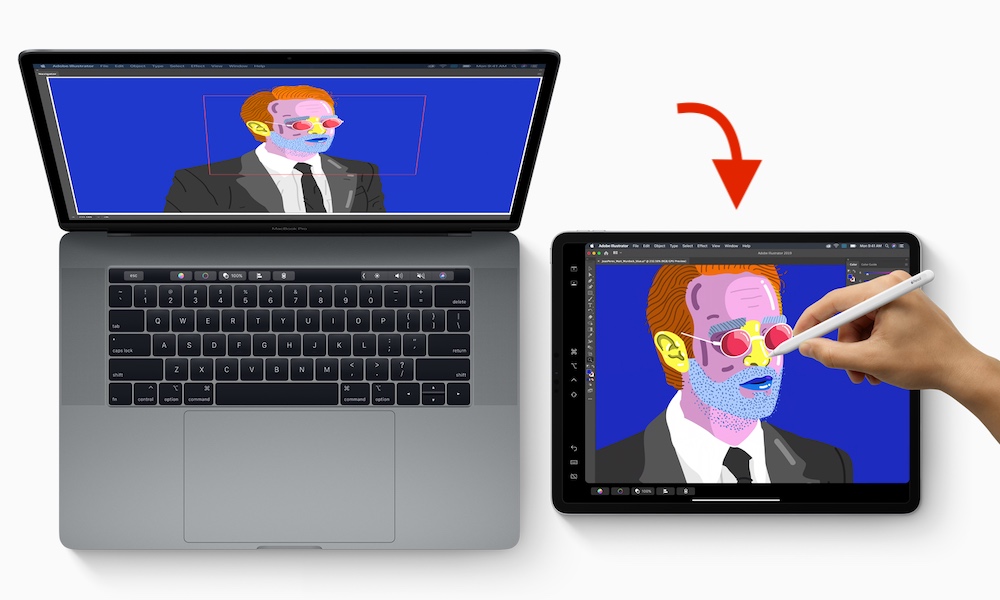7 Biggest Reasons Why Apple Won’t Give Your MacBook a Touchscreen
 Credit: valentinphotography / Shutterstock
Credit: valentinphotography / Shutterstock
Toggle Dark Mode
Apple has long resisted adding a touch display to its MacBook devices. In an era where many Windows and Chrome OS machines feature touch input support, Apple’s stubbornness in the area definitely paints it as an outlier. But Apple is right about resisting touchscreen laptops. While they do have their fans, there are a variety of downsides associated with touch-enabled notebook computers. Continue reading to browse seven reasons why Apple is right to avoid a touchscreen MacBook.
Ergonomics
Late Apple CEO and cofounder Steve Jobs famously rallied against touchscreen laptops back in 2010. At the time, Jobs said that Apple’s refusal to add a touchscreen to the Mac was all about ergonomics.
More specifically, the CEO said that the company had done testing and found that “touch surfaces don’t want to be vertical” and that fatigue could set in after a short period. “It’s ergonomically terrible,” Jobs said.
Battery Life
If there’s one thing consumers care about on most consumer electronics, it’s battery life. After all, a dead electronic is a useless one. And while touchscreen notebooks have made strides in the past year, they have, in general, worse battery life than traditional laptops.
Mostly, that’s because a touchscreen displays’ touch digitizer is always on and attempting to detect touch inputs. That means it can respond to a finger press without “waking up,” but it also means a larger drain on the battery. By some accounts, power drain can be as high as 5 to 20 percent.
Cost
While touchscreen laptops have become more affordable over the years, they are, in general, more expensive than laptop models with a standard display. Which makes sense, since adding touch compatibility means introducing components to a simple system.
That becomes especially important when you consider a MacBook Pro is already fairly pricey. Adding another significant component cost on top of it doesn’t seem like a way to win over price-consicous fans.
Fingerprints
The most obvious downside to a touchscreen laptop is that they’ll inevitably end up covered in fingerprints and smudges. Yes, even laptops with supposedly “fingerprint-resistant” displays will fall victim to smudging.
That doesn’t end up giving you the best experience if you’re reading content or streaming a video online. Because their displays are generally larger than a tablet or smartphone, keeping a traditional laptop clean can be a chore in itself. And adding a display that’s meant to be touched just makes it worse.
Random Touch Inputs
Experiences with touchscreen laptops differ among users, but there are some cases in which the touchscreen can result in an objectively worse experience. Some users report ghost touches, false inputs and other touchscreen-related problems.
To be clear, this obviously doesn’t affect all touchscreen laptops. But when it does, it’s undoubtedly an annoying problem for owners — particularly those who use their laptops for productivity or work purposes.
App Compatibility
Operating systems like macOS and even Windows were designed with a mouse and keyboard in mind. While Microsoft has taken steps to integrating touch inputs, there are obviously still places where that integration is poorly implemented.
While okay for scrolling or quick taps, touch inputs are poor choices for more minute control of a laptop. And that problem becomes worse when you use an app that obviously wasn’t designed for touch inputs at all — like Explorer’s tiny menus or older Microsoft apps that haven’t been updated.
Other Solutions Exist
With the addition of the Sidecar feature in macOS Catalina, Apple seems to have struck a balance between introducing touch support and not muddying the waters of its laptop lineup with a touch display. Sure, it’s not perfect and it requires an iPad. But it works.
Using an iPad as a touch display means you won’t get smudges or see worse battery life on your MacBook. As more apps are designed in a cross-platform way via Project Catalyst, the options for touch- and mouse-input flexibility are only going to get better.








